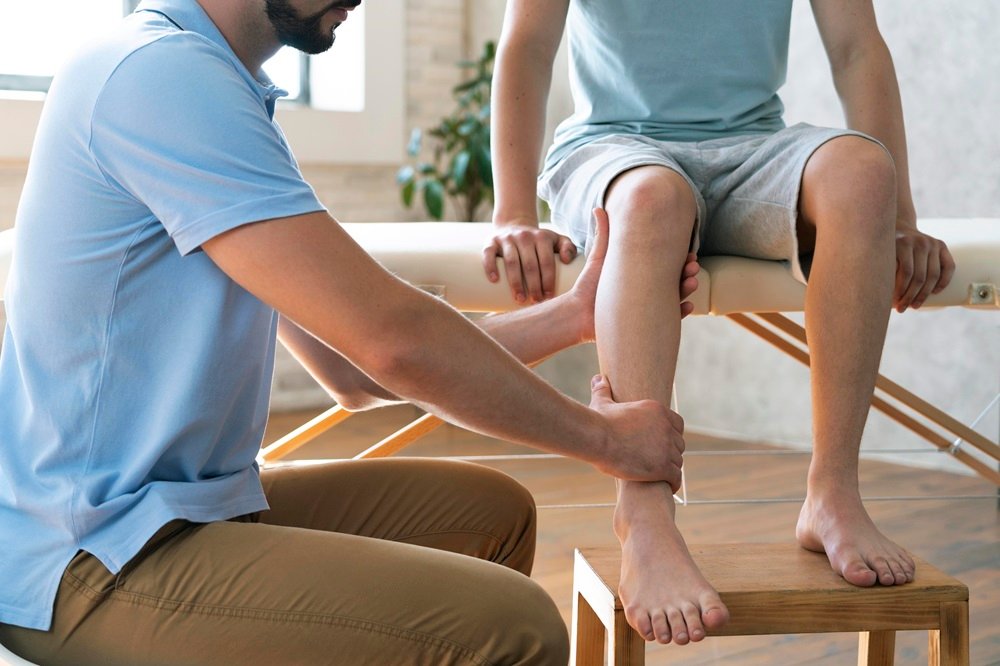
Orthopaedic health is a critical aspect of overall well-being, as it encompasses the musculoskeletal system, including bones, joints, muscles, ligaments, and tendons. However, orthopaedic conditions and treatments are often surrounded by myths and misconceptions that can lead to confusion and misinformation.
Myth 1: Orthopaedic Conditions Only Affect the Elderly
While it is true that age-related wear and tear on joints and bones can lead to orthopaedic issues, musculoskeletal conditions can affect individuals of all ages. In fact, orthopaedic problems can arise in children, adolescents, and young adults due to factors such as sports injuries, congenital conditions, and trauma. It’s essential to recognize that orthopaedic health is relevant to people of all age groups.
Myth 2: Rest Is Always the Best Treatment for Orthopaedic Injuries
Rest is indeed crucial for the initial phase of many orthopaedic injuries to allow tissues to heal. However, prolonged rest without proper rehabilitation can lead to muscle weakness, joint stiffness, and delayed recovery. Orthopaedic specialists often recommend a combination of rest, physical therapy, and exercises to restore strength and function after an injury.
Myth 3: Orthopaedic Surgery Is the Only Solution for Joint Pain
Surgery is just one of many options available for addressing joint pain and orthopaedic conditions. Non-surgical approaches, such as physical therapy, medications, lifestyle modifications, and injections, are often effective in managing orthopaedic issues and may be recommended as the first line of treatment. Surgery is typically considered when non-surgical methods do not provide relief or when there is structural damage that requires correction.
Myth 4: Exercise Aggravates Orthopaedic Conditions
Contrary to this myth, exercise is generally beneficial for orthopaedic health. Regular physical activity helps maintain joint flexibility, strengthens muscles, and supports overall joint function. For individuals with orthopaedic conditions, appropriate exercises, prescribed by a healthcare professional, can often alleviate pain and improve mobility.
Myth 5: All Orthopaedic Surgeons Are the Same
Orthopaedic surgeons specialize in a wide range of subfields, including sports medicine, joint replacement, spine surgery, and paediatric orthopaedics, among others. It’s crucial to consult with an orthopaedic specialist who has expertise in the specific condition you’re dealing with. Not all orthopaedic surgeons are the same, and finding the right specialist can make a significant difference in your treatment outcome.
Myth 6: Orthopaedic Braces Weaken Muscles
Orthopaedic braces, when used appropriately and under the guidance of a healthcare professional, do not weaken muscles. In fact, braces are often prescribed to support injured or weakened muscles and joints, aiding in rehabilitation and preventing further injury. Braces are an essential tool in the orthopaedic field and are used to facilitate healing and recovery.
Myth 7: Arthritis Only Affects Older Adults
While osteoarthritis, the most common type of arthritis, is often associated with aging, it can affect individuals of all ages, including children and young adults. Additionally, other forms of arthritis, such as rheumatoid arthritis and juvenile idiopathic arthritis, can develop in younger individuals due to autoimmune factors. Arthritis is not exclusively an older adult’s concern.
Myth 8: Orthopaedic Injuries and Conditions Are Untreatable
Advancements in orthopaedic medicine and technology have made it possible to treat a wide range of injuries and conditions effectively. Many orthopaedic issues can be managed and treated with non-invasive or minimally invasive approaches, reducing the need for extensive surgeries. Early intervention and a personalized treatment plan can significantly improve outcomes for orthopaedic patients.
Myth 9: Orthopaedic Treatments Are Always Expensive
The cost of orthopaedic treatment can vary depending on several factors, including the type of condition, treatment approach, insurance coverage, and geographic location. While some orthopaedic treatments may be costly, many non-surgical interventions, such as physical therapy and exercise, are affordable and accessible. Additionally, health insurance coverage often helps mitigate the financial burden of orthopaedic care.
Myth 10: Orthopaedic Conditions Are Inevitable with Age
While it is true that the risk of certain orthopaedic conditions increases with age, they are not necessarily inevitable. Maintaining a healthy lifestyle, including regular exercise, a balanced diet, and weight management, can significantly reduce the risk of orthopaedic issues as you age. Furthermore, early diagnosis and appropriate management can help individuals of all ages maintain orthopaedic health.
Understanding the truth behind these common myths and misconceptions about orthopaedic health is essential for making informed decisions about your musculoskeletal well-being. Orthopaedic conditions are not exclusively limited to the elderly, and many treatment options are available, both surgical and non-surgical. Seeking advice from a qualified orthopaedic specialist and adopting a proactive approach to orthopaedic health can help individuals of all ages maintain their mobility and enjoy an active, pain-free life.

